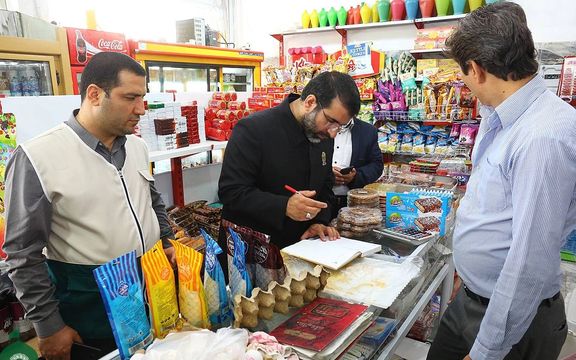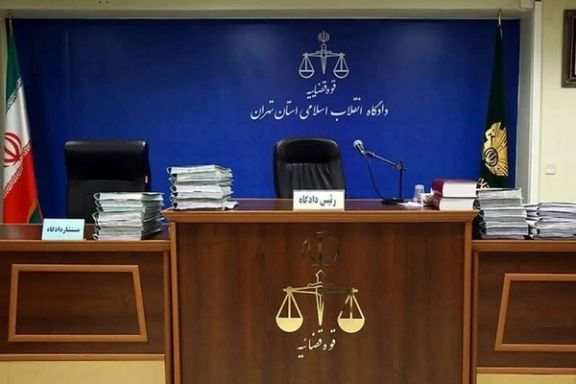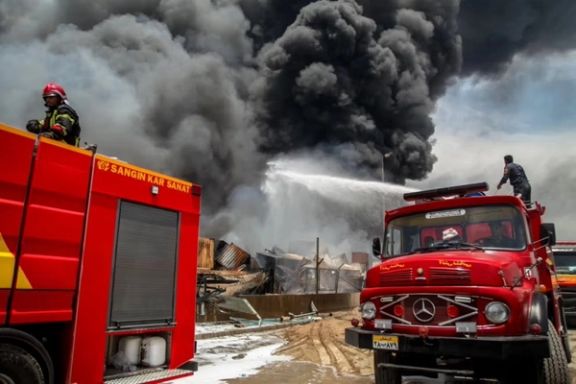Once limited to big-ticket items like furniture or electronics, installment purchases are now being used to pay for daily essentials, from fruit and rice to detergent and chicken.
According to Etemad, field reports from Tehran and other cities suggest that even small neighborhood grocers and butchers are offering informal credit lines to loyal customers, often without collateral, checks, or formal agreements — simply on trust.
“They come every week and settle their bills at the start of the month, once salaries come in,” said one Tehran shopkeeper. “It’s like an installment plan — just between us.”
Strain breeds new norms
The practice, known locally as “hesab-daftari” (ledger credit), is expanding rapidly amid what economists describe as a deepening period of stagflation — a toxic mix of high inflation and economic stagnation. The article says the shift reflects a broader trend: the normalization of debt as a tool for day-to-day survival.
“In the past, installment buying was for luxury goods,” Etemad cited Ahmad Janjan, an economist based in Tehran. “Now it’s a way to afford bread and shampoo.”
He added that this shift is driven primarily by falling real wages, lack of liquid savings, and the rising cost of living.
From credit apps to corner stores
While fintech platforms like Digikala and Snapp Pay – Iran's top online markets -- have introduced digital installment options with slogans such as “no check, no guarantor,” it is the informal, person-to-person credit that is becoming more prevalent.
Some meat shops now allow buyers to split payments for poultry and beef. In produce markets, fruit vendors maintain handwritten tabs for repeat customers. Others offer agreements on mutual trust, sometimes in exchange for steady patronage.
'Buy now, pay more'
But not everyone is embracing this development as a lifeline.
“The shirt I bought online cost me 1,500,000 rials (about $2) more than in the store,” one customer wrote on social media. “But the store wouldn’t sell in installments. I had no choice.”
Others raised concerns about hidden fees and rising consumer debt. “This isn’t just delayed payment,” another user commented. “It’s disguised interest — and it adds up.”
Etemad cited Iranian economists as warning that while installment buying can temporarily soften financial blows, it also carries long-term risks in the absence of consumer protections or reliable credit scoring systems.
“There are no unified regulations on this,” said Janjan. “People may end up with debt they can’t service, all for everyday necessities.”
The growing reliance on credit is also changing spending behavior. Morteza Afghah, another economist, told the daily, “You get what you need today, but repayment obligations can pile up and strain households even more.”
Afghah links the trend to "deep-rooted structural issues, including political instability, bureaucratic inefficiencies, and unstable regulation — all of which raise production costs and feed into the country’s chronic inflation."
He warned that installment-based purchases are becoming more diverse fast, attributing the trend to what he called "stagflation."
“We are not only facing inflation and recession at the same time, but their combination — stagflation — has become a chronic condition in Iran’s economy, making it more difficult and time-consuming to address.”













